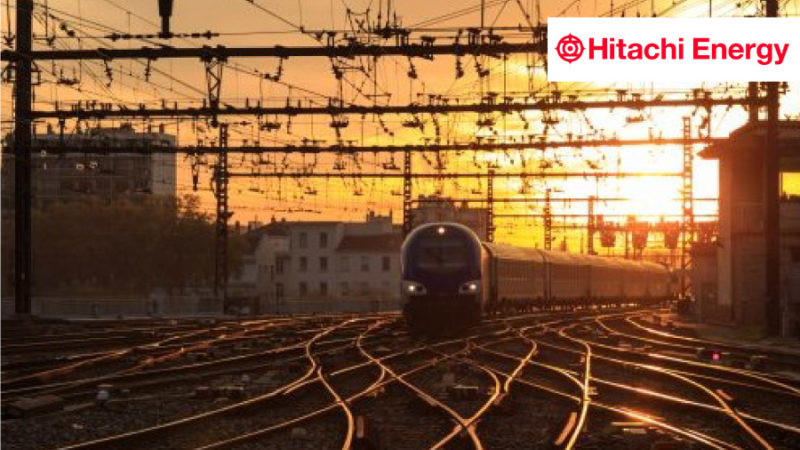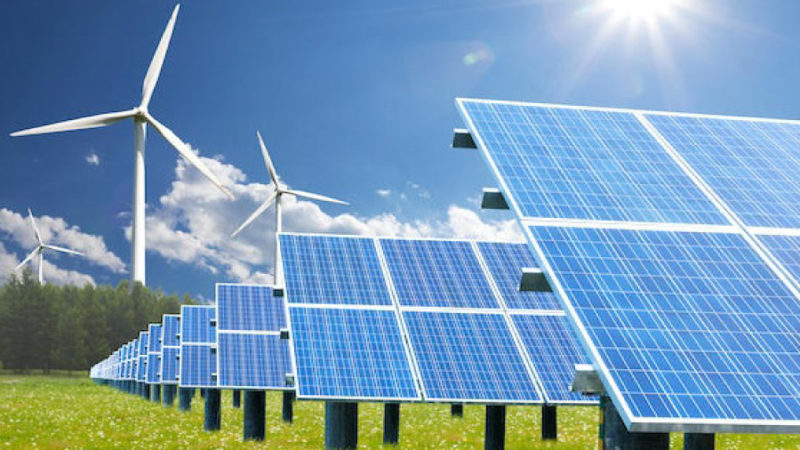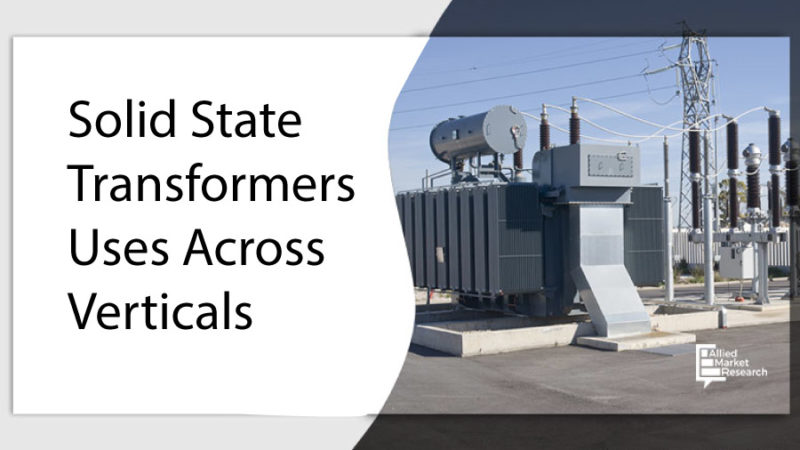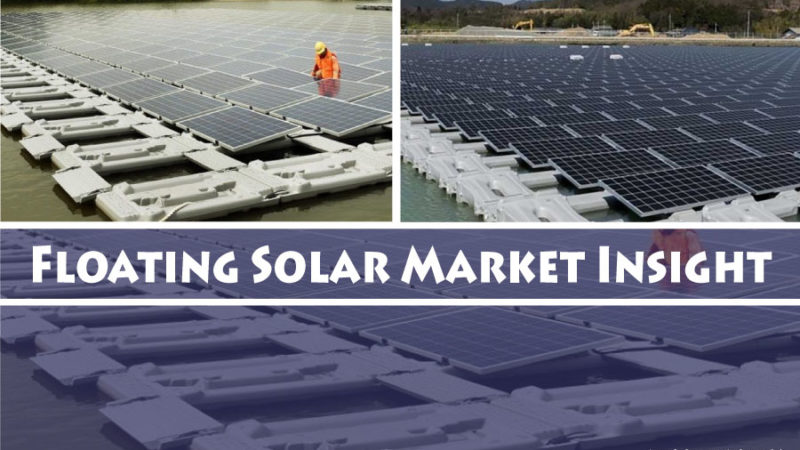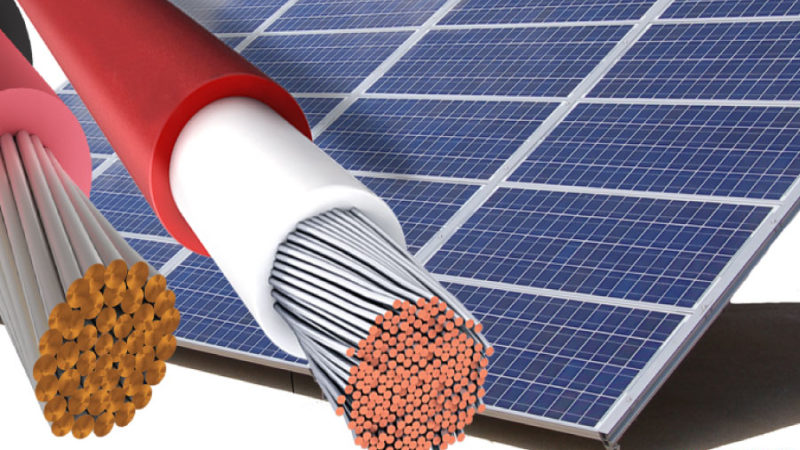On the Road to Recovery
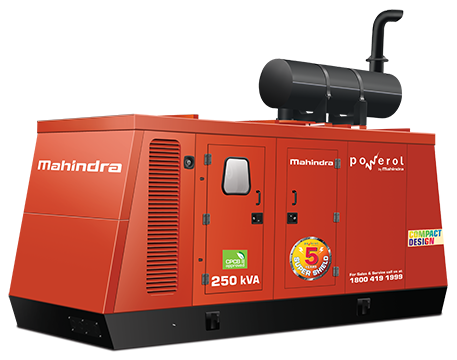
There are multiple drivers for a pick-up in demand for DG sets. However, the bigger demand driver for DG sets is industrial, infrastructure and real estate capex. A revival in these three end markets is critical for a recovery in DG demand.
Despite the declining power deficit over the past few years, India is still prone to frequent outages directly affecting the operations of industrial and commercial units. Diesel Generator (DG) sets are in general used for meeting backup power requirements or in off-grid locations to support critical operations. The relative ease and advantages such as low upfront cost, shorter installation period, higher efficiency, quick start-up time, and fuel flexibility has made DG sets a preferred option for consumers.
However, an argument against them is that power generation is relatively expensive by using DG sets that falls in range of around INR15- 17/unit. It is to be noted here that there will be continuity in demand for DG sets as they are used primarily for backup power and not prime power and the power distribution network is still unreliable in India. Further, India is witnessing growing urbanisation and higher government spending on the infrastructure sector which will lead to an increase in backup power requirements – indicating a positive outlook for the demand for DG sets and engines over the coming years.
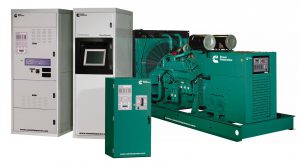
Market Overview
DG sets have been a popular power backup solution primarily because of their short installation time, quick start-up and low upfront costs. According to data sourced through industry sources a rise at a rate of around 5,000 megawatts (MW) per annum in diesel power generator sets capacities have been seen in the last couple of years, in the country. Industry experts attribute the rise in DG sets to the largely erratic and uneven power supply in the country. Though the data related to the number of operating DG sets in India is not available as it is not shared by any of the government agencies – publicly. However, according to data sourced through private power producer Tata Power’s internal research – states that capacity of diesel gensets is estimated to stand at 90,000 MW as on 2016 end, up from 80,000 MW in 2014.
In India, different sizes of DG sets ranging from 2 kVA to 7,000 kVA are used, with 15 kVA to 2,000 kVA being the most common. Though the DG sets market can be broadly classified into four segments on the basis of kVA rating: Low (5-75 kVA), Mid Range (75.1-350 kVA), High (350.1-750 kVA) and Very High (750.1–3,000 kVA).
Low-rating diesel gensets constitute a major share of the market and are used in the telecom sector for backup power in grid-connected areas and as baseload power in off-grid areas. The telecom sector accounts for 55-60 per cent of sales in the segment. Other user segments include small-scale industries, petrol pumps, small commercial establishments, etc.
On the other hand the medium to high kVA rating DG sets are mainly deployed in the hospitality, healthcare, information technology (IT) and IT-enabled services (ITeS), construction, real estate and large industrial segments. While the very high kVA rating DG sets are used to provide emergency backup, critical standby, or base load power to segments such as data centres, health care, manufacturing, government bodies, mining and large commercial units.
Low HP segment: Within the Indian DG sets market, the LHP (<160 kva) segment is the most competitive, with the presence of 8-10 organized (primarily Indian) players along with Chinese and local players. The segment has traditionally been dominated by Mahindra, Ashok Leyland and KOEL, new players like Cooper Industries, FG Wilson, JCB India and Cummins India are also looking to make inroads and increase their share.
This segment accounts for the highest volumes in the Indian DG market, but profitability is low due to intense competition, resulting in high pricing pressure for the incumbents.
Medium HP segment: While KOEL and Cummins are the dominant players in this segment, competition from Mahindra, FG Wilson, Cooper Corporation and Ashok Leyland is increasing. Mahindra is currently in the <200kva segment, but has bought technology from Navistar and is planning a commercial launch in the 250/320kva range. This will certainly increase the competition for the Cummins & KOEL.
High HP Segment (>750kva): This is the most attractive segment in terms of profitability and per unit value is the highest in this segment. Traditionally, Cummins has been the dominant player in this segment, with >55-60 percent market share, followed by Perkins and Caterpillar. New entrants in this range include KOEL and MTU India.
Market Trends
The DG set market has been in turmoil in recent years. After a subdued FY13-17, the sale of DG sets has picked up and has been estimated to reach over INR 63,500 million in FY18. According to Motilal Oswal Securities Research report – during the period of FY13-17, industry volumes declined at a compounded annual rate of 5 percent primarily on account of sharp fall in sales for telecom towers. From a peak of 100,000 DG sets in FY11, demand from the telecom sector declined to 30,000 in FY17. In addition, the country also witnessed a noticeable reduction in power demand from industries.
As a result, the sale of DG sets sharply fell from around INR 78,000 million in FY13 to around INR 56,000 million in FY16, registering a decline at a compounded annual rate of 10 percent. In addition the roll-out of the goods and services tax (GST) in July 2017 has also negatively impacted the sales of DG sets. However, since a small percent of around 10-15 percent demand for DG sets is for prime power and around 85-90 percent of market demand for DG sets is for backup power – the market will continue to create demand despite low power deficits.
The report further adds that the industry is expected to grow at a CAGR of 10 per cent over the period of FY17-20 on account of revival seen in key end markets such as Infrastructure sector which has seen a record high allocation of INR 3.96 trillion investments in the Union Budget FY18, along with gradual improvement seen in Commercial (IT/ITES, Data Centers, Hotels, Hospitals, Educational Institutions), and Manufacturing sectors (Pharmaceuticals, Automotive).
Growth would be driven by higher volumes in the mid/high horse power (HP) segment; demand for low HP products is likely to remain subdued.
Market Drivers
There are multiple drivers for a pick-up in demand for DG sets. However,the bigger demand driver for DG sets is industrial, infrastructure and real estate capex. A revival in these three end markets is critical for a recovery in DG demand. The current government is focusing on pump priming the economy through increased infrastructure spending, especially on roads, metro rail and railways.
The government intends to order 25,000 km of roads in FY18, and also take road construction to 41km/day from 22km/day in FY17. In FY17, there was a 40 percent jump in road construction. During road construction, the need for DG sets is felt in remote locations, where availability of power is an issue.
Further, the Indian Railways is looking at installing/replacing the diesel generators used to power air conditioners in trains. Each generator car has two DG sets and the annual industry volumes are 500 units, implying a market size of INR 2-2.5 billion. Key participants are Cummins, KOEL, Volvo and Greaves Cotton.
Another big opportunity for DG sets over the next few years is in metro rail projects, with a new metro rail policy on the anvil and every large city (>1m population; 360 cities) in India looking to construct a metro rail network. Each metro station would need to have DG sets as backup in case of power failure. The typical ratings used in a metro station vary from 500kva to 1,000kva. With 855km of metro rail projects coming up in India over the next few years at an overall capex of around INR 3000 billions, the opportunity in this segment is immense.
Way Forward
Industry experts believe that the growth of the DG set and engine market has largely decoupled from the traditional power demand-supply gap and quality power supply is the key demand driver. Despite the reduction in power deficit, the demand for DG sets is expected to grow in the short to medium term with T&D constraints continuing to cause interruptions in power supply. Further, the implementation of tax reforms such as GST will gradually reduce the share of smaller unorganised players in the market, thereby benefiting large organised ones.
Following the implementation of the CPCB-II norms, the price of DG sets has increased by 15-20 percent, which has affected sales as consumers are taking time to accept the price increase. In addition, growing competition from international and domestic players has led to a significant discount in prices, affecting manufacturers’ profit margins.However, a revival in infrastructure and industrial growth will yield positive results for the DG set and engine market.
Going forward, investments in the IT/ITeS (especially data centre capacity), railways, roadways, commercial and real estate segments are expected to provide an impetus to the growth of the DG set market. India diesel gensets market in the country is projected to reach $ 1.24 billion by 2022. Anticipated growth in the market can be attributed to increasing demand for uninterrupted power across commercial as well as residential set-ups coupled with rising number of huge government sponsored projects such as 100 smart cities, AMRUT, freight corridor and national highways projects.


